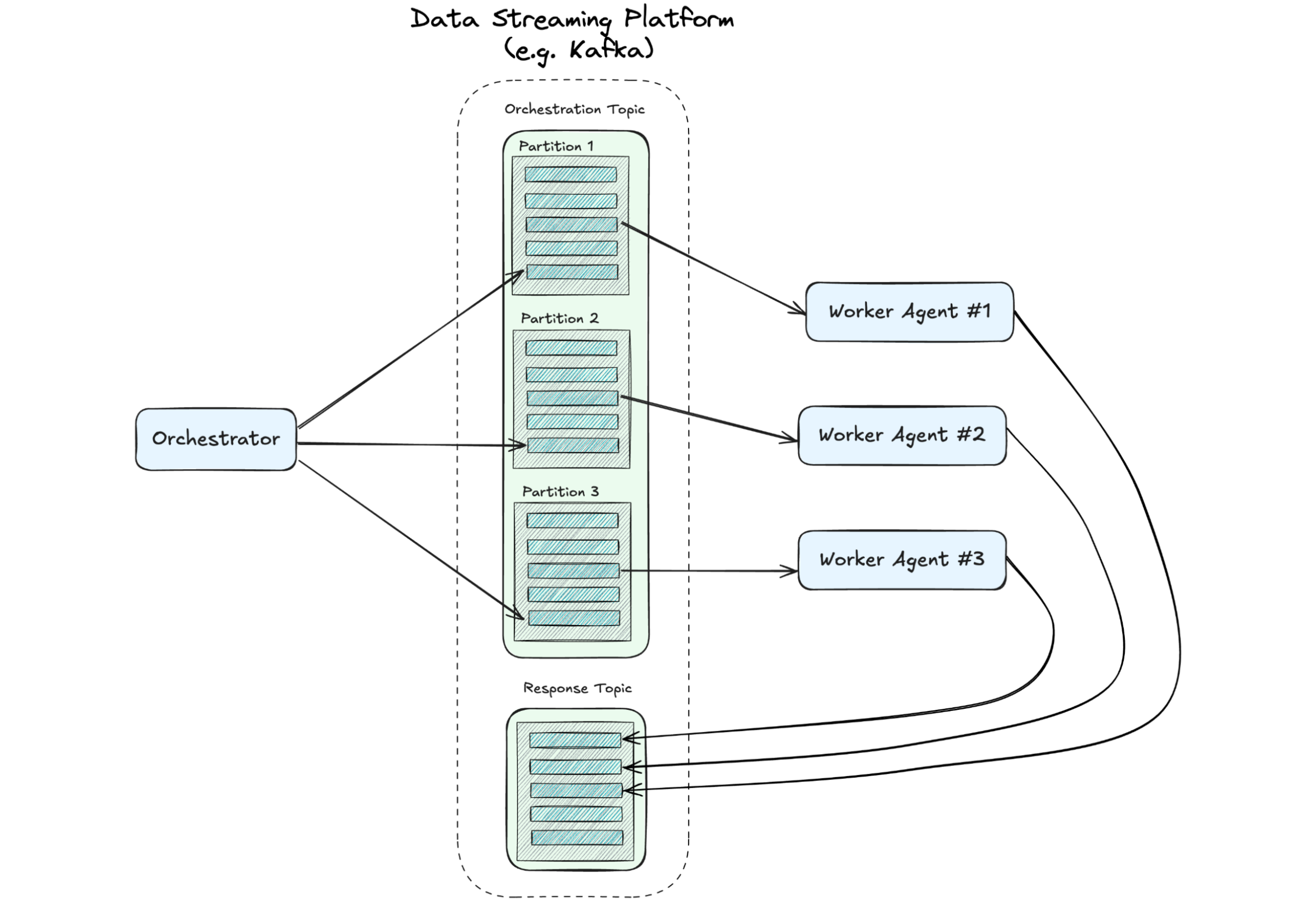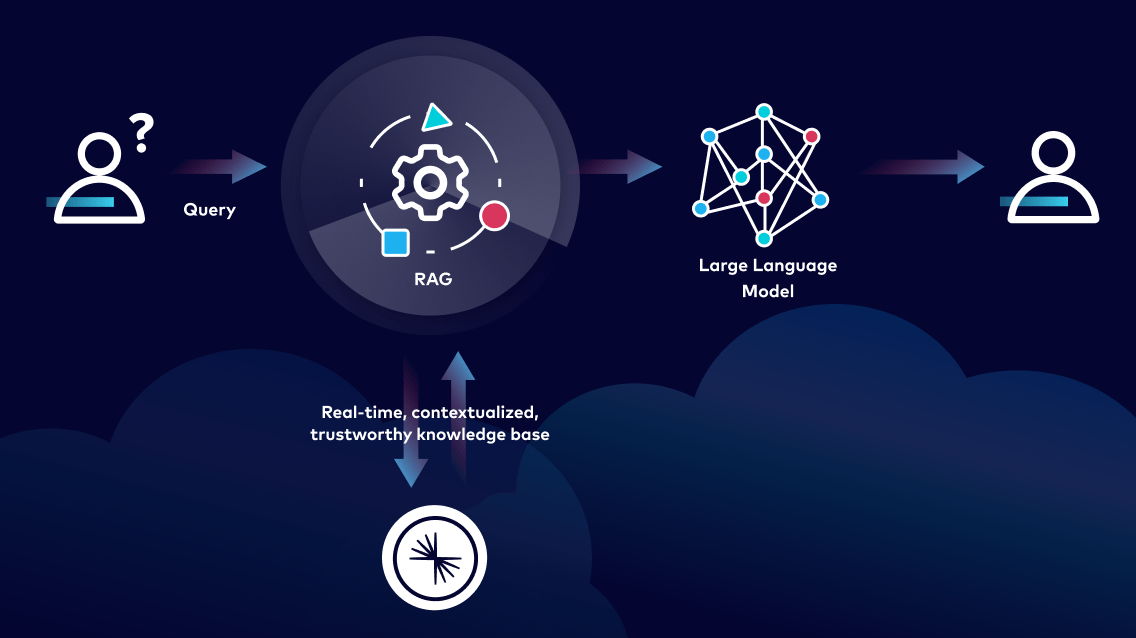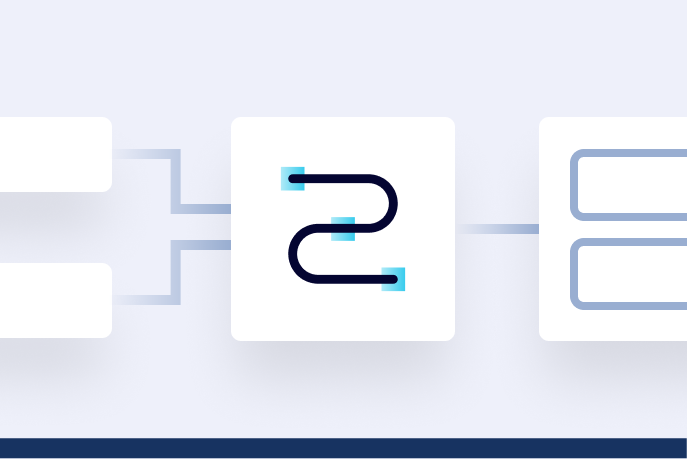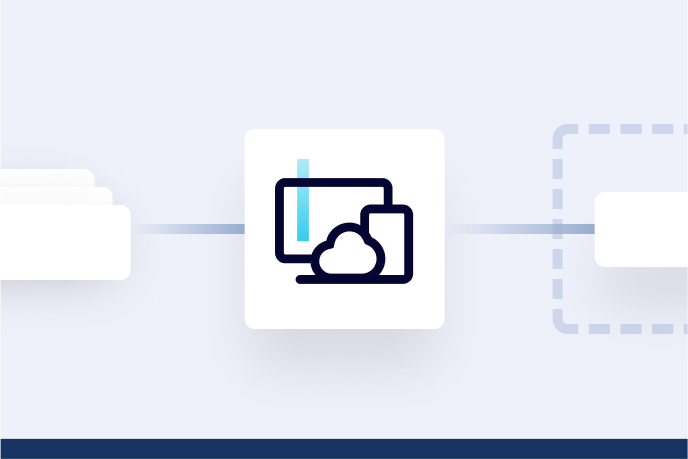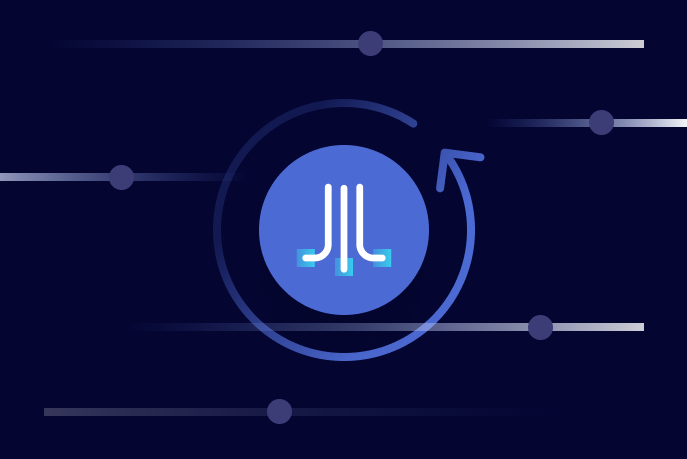Kafka in the Cloud: Why it’s 10x better with Confluent | Find out more
Author: Andrew Sellers
A Distributed State of Mind: Event-Driven Multi-Agent Systems
This article explores how event-driven design—a proven approach in microservices—can address the chaos, creating scalable, efficient multi-agent systems. If you’re leading teams toward the future of AI, understanding these patterns is critical. We’ll demonstrate how they can be implemented.
Three AI Trends Developers Need to Know in 2025
Continuing issues with hallucinations, the increasing independence of agentic AI systems, and the greater usage of dynamic data sources, are three AI trends you may want to monitor in 2025.
How Developers Can Use Generative AI to Improve Data Quality
While generative AI is driving the need for stronger data governance, it can also help to meet that need.
How to Scale RAG and Build More Accurate LLMs
RAG must be implemented in a way that provides accurate and up-to-date information and in a governed manner that can be scaled across apps and teams.
2024 Data Streaming Report: Powering AI, Data Product Adoption, and More
In the past, technology served as a supportive function for business. Over time, it has become the business itself. A similar shift is happening with data streaming—data streaming is now a critical foundation of modern business. And this year is an inflection point for data streaming platforms
4 Steps for Building Event-Driven GenAI Applications
I’ve worked with artificial intelligence for nearly 20 years, applying technologies spanning predictive modeling, knowledge engineering, and symbolic reasoning. AI’s tremendous potential has always felt evident, but its widespread application always seemed to be just a few more years away.
Enterprise Apache Kafka Cluster Strategies: Insights and Best Practices
As companies increase their use of real-time data, we have seen the proliferation of Kafka clusters within many enterprises. Often, siloed application and infrastructure teams set up and manage new clusters to solve new use cases as they arise. In many large, complex enterprises, this organic growth
Your AI Data Problems Just Got Easier with Data Streaming for AI
While the promise of AI has been around for years, there’s been a resurgence thanks to breakthroughs across reusable large language models (LLMs), more accessible machine learning models, more data than ever, and more powerful GPU capabilities. This has sparked organizations to accelerate their AI
Join the Excitement at Current 2023: Unmissable Keynotes and 5 Must-Attend Sessions
Today, use of data streaming technologies has become table stakes for businesses. But with data streaming technologies, patterns, and best practices continuing to mature, it’s imperative for businesses to stay on top of what’s new and next in the world of data streaming.
Real-Time AI: Live Recommendations Using Confluent and Rockset
Real-time AI is the future, and AI/ML models have demonstrated incredible potential for predicting and generating media in various business domains. For the best results, these models must be informed by relevant data.
New Report: The ROI of Data Streaming and Its Biggest Challenges
This year, we crossed an important threshold: data streaming is now considered a business requirement for organizations across many industries. Findings from the 2023 Data Streaming Report show that 72% of the 2,250 IT leaders surveyed are using data streaming to power mission-critical systems.
Real-Time or Real Value? Assessing the Benefits of Event Streaming
Experienced technology leaders know that adopting a new technology can be risky. Often, we are unable to distinguish between those investments that will be transformational and those that won’t be worthwhile. This post examines how one can decide if event streaming makes sense for them.
Succeeding with Change Data Capture
Change data capture (CDC) converts all the changes that occur inside your database into events and publishes them to an event stream. You can then use these events to power analytics, drive operational use cases, hydrate databases, and more. The pattern is enjoying wider adoption than ever before.
Data pipelines: The what, why, and how
Over the last decade, there’s been a massive movement toward digitization. Enterprises are defining their business models, products, and services to innovate, thrive, and compete by being able to quickly discover, understand, and apply their data assets to power real-time use cases.
